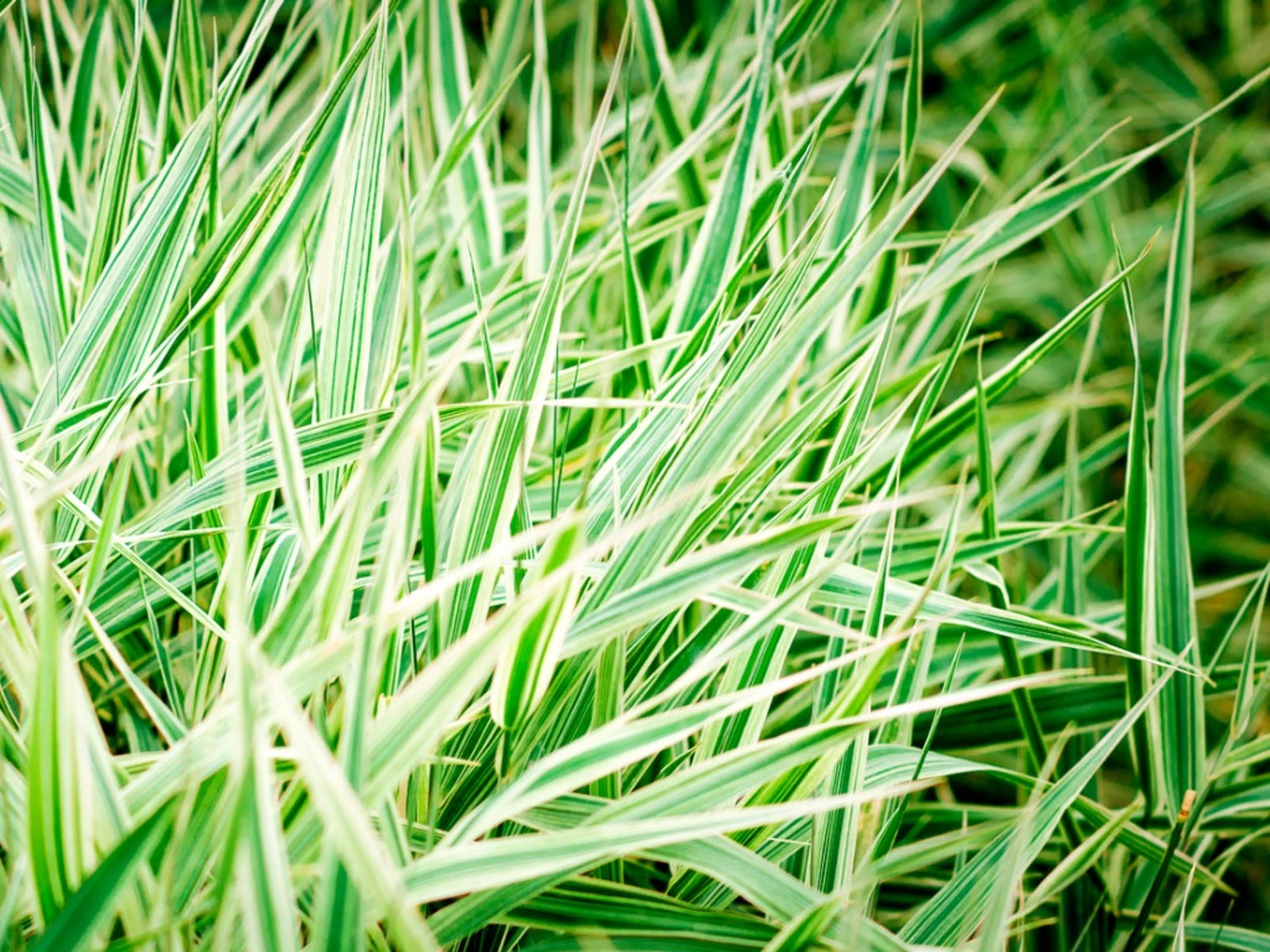Ribbon Grass Information: Tips For Growing Ornamental Ribbon Grass


Ornamental grasses have become popular additions to the home landscape. Ribbon grass plants are easy to manage varieties that provide color transition and graceful foliage. An important tidbit of ribbon plant information to know before planting is its possible invasiveness. The grass spreads into a thick mat and grows from rhizomes, which can get out of hand and take over unplanned areas. On the plus side, care of ribbon grass couldn't be easier and the rich carpet of greenery is well worth a little maintenance to keep it in check.
Ribbon Grass Plants
Ribbon grass (Phalaris arundinacea) is a relatively small grass, growing only about a foot high. It has a dense mat of foliage with strappy leaves that begin with pink or white tinged variegation. As the leaves mature, they become striped with green and white, which has earned them the name gardener's garters. They are also called reed canary grass. The plants are native to Europe and North America and are hardy in USDA gardening zones 4 to 9. Occasionally the plant will form a small flower in June or July which becomes a grain-like fruit. This is uncommon and the plant is limited to its foliage finery as its focal interest.
How to Plant Ribbon Grass
The plant is best suited for moist soils in partial sun. It can also tolerate drought conditions for short periods of time, but the foliage tends to scorch. The plants are ideal around a pond or water feature, planted in clumps, as container specimens, or along borders. Ribbon grass plants have virtually no pest or disease problems and can tolerate a wide range of light and moisture conditions. The most important ribbon grass information is its need for well drained soil. Even excessively moist soils will host the plant adequately as long as there is some drainage, so keep this in mind when growing ornamental ribbon grass. Ribbon grass plants are widely available at nurseries and garden centers. The plants grow well from division every few years. Simply dig up the root zone in the dormant period and cut the plant into sections. Ensure that each piece has several healthy rhizomes and then replant the clumps in designated areas or share them with a friend. Growing ornamental ribbon grass in containers will help prevent them from spreading.
Care of Ribbon Grass
Rarely will this ornamental grass need upkeep and maintenance. Plants that are in full sun may experience sun scorch. Just cut back the leaves and fertilize and the plant will produce new fresh leaves in a couple of weeks. In colder zones, mulch around the root zone to protect roots. Apply compost or manure around the base of the plant in early spring to help feed the plant. Ribbon grass rhizomes may be manually controlled with pulling and digging but tends to spread less invasively if you install the plant in semi-shade areas with plenty of moisture.
Gardening tips, videos, info and more delivered right to your inbox!
Sign up for the Gardening Know How newsletter today and receive a free copy of our e-book "How to Grow Delicious Tomatoes".

Bonnie Grant is a professional landscaper with a Certification in Urban Gardening. She has been gardening and writing for 15 years. A former professional chef, she has a passion for edible landscaping.
-
 Looking For Plants To Give You The Soft And Fuzzies? Try These 5 Fuzzy Leaf Plant Options
Looking For Plants To Give You The Soft And Fuzzies? Try These 5 Fuzzy Leaf Plant OptionsLovers of texture, drama, silver foliage and tactile plants will adore these special sensory garden additions. These fuzzy leaf plant options will leave you all aglow
By Susan Albert
-
 Get Ready For A Summer Of Hummers! Grow These Full Sun Hummingbird Plants and Flowers
Get Ready For A Summer Of Hummers! Grow These Full Sun Hummingbird Plants and FlowersIf you’re lucky enough to enjoy a sunny backyard, make sure you are maxing out on your pollinator opportunities and grow these full sun hummingbird plants and flowers
By Tonya Barnett